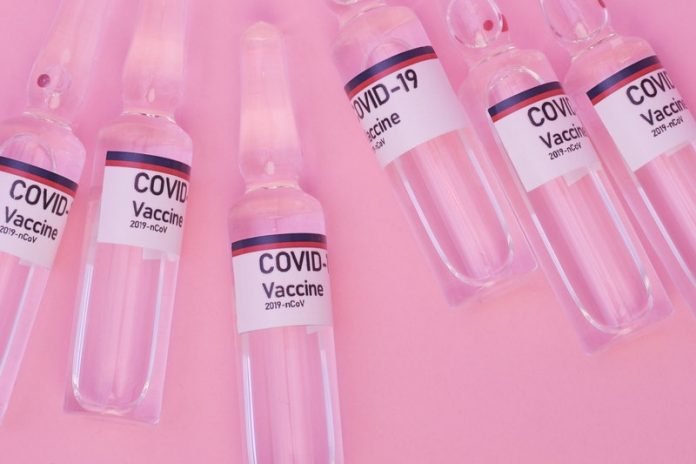
In a new study, researchers developed a low-cost COVID-19 vaccine that could be produced in the United States and worldwide using existing influenza virus manufacturing infrastructure.
It is possible to rapidly produce hundreds of millions of vaccine doses to mitigate the impact of the current pandemic and future viral outbreaks.
The vaccine, which works the same way many flu vaccines do, is undergoing clinical development planning in several countries (including Mexico) through a licensing agreement with Mount Sinai.
The research was conducted by a team at Icahn School of Medicine at Mount Sinai.
To contain the spread of the virus worldwide, a vaccine that is both effective and cost-effective is urgently needed, especially in low- and middle-income countries with limited resources.
Most COVID-19 vaccines work by exposing people to the “spike” protein, an important part of the structure of SARS-CoV-2, the virus that causes COVID-19.
But they differ in how they get the spike protein into the recipient.
Mount Sinai’s vaccine works by introducing the spike protein into the body via the harmless NDV virus, prompting the body’s cells to make copies of the spike protein.
When this occurs, the immune system begins to produce antibodies and T cells to specifically target the spike protein; these will neutralize any foreign intruder, like SARS-CoV-2, that contains it.
The new NDV vaccine against SARS-CoV-2 was created by a globally recognized team of virologists from Mount Sinai.
The study demonstrated that the neutralizing antibodies produced by the NDV vaccine provided strong protection in animal models from SARS-CoV-2 infection.
Also, because the NDV is not a human pathogen, the spike antigen could be delivered more efficiently and without being compromised by any pre-existing immunity in humans.
Another advantage is the fact that NDV-based vaccines have been tested extensively in human trials and have compiled a very good safety record over the years.
One author of the study is Peter Palese, M.D.
The study is published in EBioMedicine.
Copyright © 2021 Knowridge Science Report. All rights reserved.



